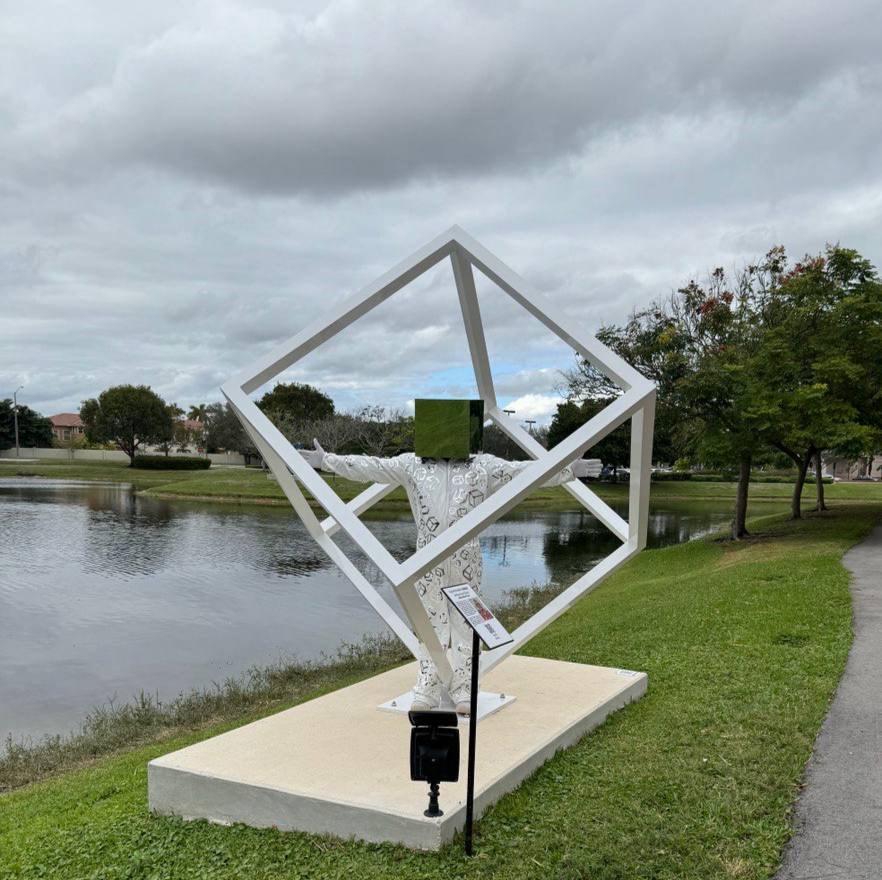Art in public places
Public Art fosters cooperation and innovative artistic initiatives aimed at enhancing the aesthetic appeal of public areas.
What makes public art successful? Successful public art engages the community, reflects local culture and identity, and enhances the visual appeal and vibrancy of public spaces. It connects with people on an emotional level, sparking wonder, delight, or contemplation. Effective public art is site-specific, accessible, and adds functional or interactive elements that invite participation.
What are characteristics of public art? Key characteristics of public art include accessibility, community engagement, site-specificity, and a focus on placemaking. Public art is meant to be experienced by the general public in everyday settings, not confined to galleries. It often incorporates interactive elements, celebrates local history and culture, and transforms ordinary spaces into dynamic, engaging environments.
What is the positive impact of art? Art has tremendous power to enrich lives and communities. It can inspire creativity, foster empathy and social connection, preserve cultural heritage, and promote healing and well-being. Public art in particular beautifies shared spaces, attracts economic investment, and strengthens community pride and identity. The presence of art in public settings has been shown to reduce crime, improve mental health, and nurture a vibrant, thriving civic life.
What is the idea of public art? The core idea behind public art is to make art accessible to everyone, not just those who visit museums or galleries. Public art is integrated into the fabric of a community, transforming ordinary public spaces like plazas, parks, and streetscapes into lively, engaging environments. It is meant to be discovered serendipitously, sparking curiosity and wonder in passersby. The goal is to enhance the visual appeal and cultural vitality of shared spaces, fostering a sense of place and community identity.
What are the benefits of public art projects? Public art projects bring a host of benefits to communities. They can beautify public spaces, strengthen community identity and pride, attract economic investment, and enhance quality of life. Public art also promotes creative expression, builds civic engagement, and facilitates social connections. By making art accessible to all, public art projects nurture cultural participation and appreciation, with positive impacts on education, mental health, and community well-being.
How does public art benefit the economy? Public art has been shown to drive economic growth and revitalization in a number of ways. It can attract tourism, increase foot traffic and business activity, and spur real estate investment in an area. The presence of public art also enhances the overall visual appeal and “brand” of a city or neighborhood, making it a more desirable place to live, work, and visit. Additionally, the commissioning and installation of public artworks provides employment and economic opportunities for local artists and creative professionals. Overall, thoughtfully-integrated public art contributes significantly to a community’s economic vitality.













